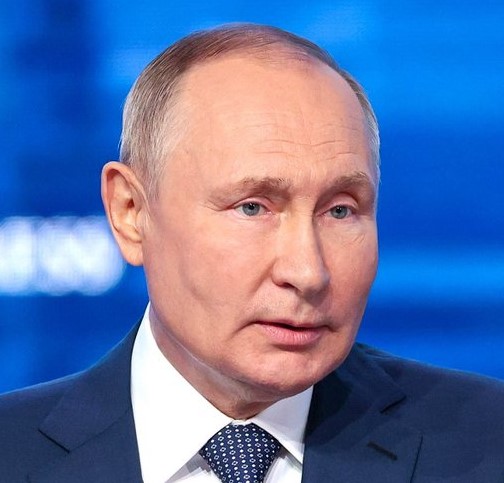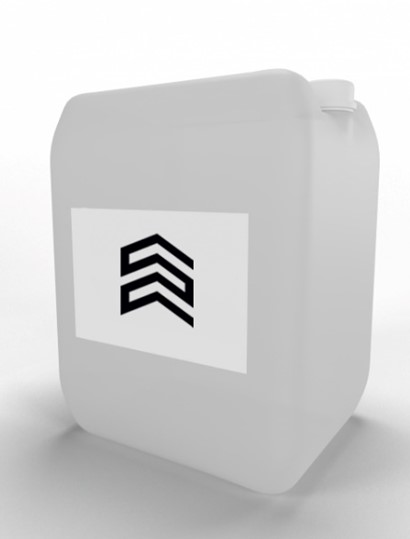The Central Bank revealed the role of the ruble in Russia's trade with Europe, Asia and America

The ruble is ahead of the DOLLAR , the euro and the currencies of friendly countries in payments for exports from RUSSIA to Europe and Asia - in May 2023, its share was 49.8 and 36.3%, respectively. With America and Africa, the situation is still the opposite - the share of the ruble there is 17.6 and 24.2%, respectively, significantly inferior to "toxic" currencies.
Such data are provided in the statistics of the Central Bank - the regulator resumed the publication of the structure of EXPORT and import currencies after a break of a year and a half. Recently, he disclosed the shares of various types of currencies in foreign trade in general, but not in specific areas.
What Russia gets for export
How Russia pays for imports
What preceded the replacement of "toxic" currencies by the ruble
This framework does not show individual countries as it used to when it disclosed figures for the EU , BRICS, CIS, as well as for the largest trading partners ( CHINA , Turkey , India, Belarus, Kazakhstan , etc.). Now the statistics is broken down by geographical areas: Asia, America, Africa, Europe, the Caribbean and Oceania. It shows the share of the ruble, currencies of unfriendly countries (dollar and euro) and other currencies, which include the currencies of friendly countries - yuan, rupee, dirham, etc.
Read PIONERPRODUKT .by A popular sweetener may be considered dangerous. Why the market doesn't care When and why to wait for the growth of gold prices SAP left, but the career remained: how to retrain developers for 1C The main geopolitical prize: why China and the usa are fighting for the chip market
How export payments are changing In May 2023 (the latest data from the Central Bank), the total share of the ruble and “friendly” currencies in export payments amounted to 66%, follows from the data of the Central Bank. For the first time, it exceeded dollars and euros in September 2022 - 51.3% against 48.7%. In February 2022, the share of the ruble was 13%, the dollar and the euro - 85.8%, other currencies occupied only 0.8%. In March 2023, the share of the ruble began to prevail (42%) over other currencies, both unfriendly and friendly countries. The share of currencies of unfriendly states, including the dollar and the euro, was at the level of 39.1%, the share of other currencies was 20.7%. In May, this gap widened more: the share of the ruble amounted to 39.1%, which is 5 percentage points more than the share of the dollar and the euro. (34.1%). The share of “friendly” currencies is 26.9%. The share of the ruble is the main one in settlements for exports with the countries of Asia (36.3%), Europe (49.8%), Caribbean (50.5%) and Oceania (47.2%). In settlements with Asian countries, the share of other currencies is 33.5%, the share of the dollar and the euro is 30.2%. At the same time, the share of the dollar, euro and other "toxic" currencies in May for the first time yielded to both the ruble and "friendly" currencies. In the calculations for exports in the European direction, "unfriendly" currencies account for 45.1%, the rest (with the exception of the ruble) currencies - 5.1%. The share of the dollar and the euro in this direction has not exceeded half since February 2023. For comparison: in February 2022, this figure was 88.8%, in March 2022 it reached its peak since the beginning of 2019 (91.8%) and after that it began to decline, giving way to the ruble. The share of the dollar and the euro prevails over other currencies in May 2023 in settlements with the countries of America (81.1%) and Africa (58.9%). At the same time, if in the American region this indicator has not fallen below 71% since the beginning of statistics in 2019, then in the African direction the situation may change from month to month. For example, in April 2023, the share of the ruble was 43.7% (in May, only 24.2%), "unfriendly" currencies - 24.2%.
How import payments are changing The total share of the ruble and "friendly" currencies began to prevail over "unfriendly" currencies in November 2022 - 51% against 49%. In May 2023, the ratio is already 64.1 and 35.9%. The ruble is slightly ahead of other currencies when paying for imports only with European countries - its share is 50.1%. The share of currencies of unfriendly countries is 45.9%. In other areas, the share of the Russian currency is not so large. In May 2023, the currencies of friendly countries were used to pay for imports from Asian countries in almost half of the cases, the share of the dollar and the euro was 29.4%, the ruble - 21.1%. Dollars and euros occupy the main shares in settlements for imports with the countries of America (74.9%), Africa (58.3%) and Oceania (67%). Importfrom the Caribbean countries in May 2023 was mainly paid in "friendly" currencies - 77%. Why is the currency structure changing?
Back in March 2022, President Vladimir Putin ordered that Russian gas payments be converted into rubles. In practice, the scheme looks like this: companies from Western countries open two special accounts of type "K" in Gazprombank - currency and ruble. Payment is made by transferring euros or dollars to a foreign currency account, after which the bank sells this currency on the Moscow Exchange and credits the received rubles to the foreign buyer's ruble account.
“Against the background of large-scale sanctions restrictions from unfriendly countries, since March 2022, a broad structural transformation of the Russian economy has taken place, including in terms of settlements of foreign economic activity,” the Central Bank noted in the “Overview of Financial Market Risks”. The phasing out of euro settlements in exports resulted in net exports in euros (the difference between exports and imports) becoming negative, the regulator pointed out.
The reduction in the use of the dollar and the euro in foreign trade occurred “against the backdrop of unprecedented sanctions from the US and the EU,” the Central Bank explained at the end of 2022. The growth of settlements in Chinese currency and rubles was facilitated by "the reorientation of trade flows towards the Asian direction and the change in the currency of settlements under existing contracts with companies from China and other countries."
Due to sanctions, Russian companies also faced technical difficulties when making settlements in dollars and euros. Thus, a number of large banks were disconnected from the SWIFT international financial messaging system, which is used to make currency transfers. In addition, transfers in dollars or euros are no longer available to sanctioned banks. Also, since the spring of 2022, foreign credit institutions have begun to turn off correspondent accounts for Russian banks, regardless of whether they are on the sanctions lists, or have stepped up verification of transfers from Russia.
“There is a request from banks, businesses, they often ask us how we can pay in dollars, in euros, it is very expensive, difficult. We must understand that our main message is that the situation, the world has changed. Therefore, settlements with friendly countries in national currencies are exactly the direction that is actually the main one, ”said Mikhail Kovrigin, DIRECTOR of the department for organizing international settlements of the Central Bank.
Read together with it:
- Первые в центральном регионе. Узнали, какой каравай зерновых собрали в этом сезоне в ОАО "Гастелловское"Новости темы В этом году аграрии Минской области собрали весомый каравай в 2,2 млн тонн зерна вместе с рапсом, и это невзирая на все сюрпризы погоды. Первое место по итогам жатвы-2025 в центральном регионе заняло ОАО "Гастелловское". За счет чего хозяйству удается достигать таких выдающихся результатов, узнала газета "7 дней".Кропотливый труд плюс технологии и дисциплинаУспех уборочной кампании во...
- В Раменском выведена новая порода кроликов — Великородская белаяЭто значимое событие обозначает первую отечественную породу, разработанную для племенного и промышленного производства за последние 60 лет. Глава Раменского муниципального округа Эдуард Малышев посетил институт, где директор, доктор биологических наук Глеб Косовский, провел ознакомительную экскурсию для почетных гостей. Институт служит научно-методической базой для разработки технологий в области ...
- Боливия экспортирует говядину на сумму 797 миллионов долларов и вводит новые цифровые сертификаты для внешней торговлиЭкспорт говядины из Боливии в период с 2021 по 2025 год достиг 797 миллионов долларов. Китай является основным рынком сбыта этого мяса, на который приходится 74% продаж, сообщила Карина Серрудо, генеральный директор Национального таможенного управления. Параллельно с этим ведомство включило сертификат безопасности экспортных пищевых продуктов для говядины в систему «Единое окно для внешней торговл...




























































